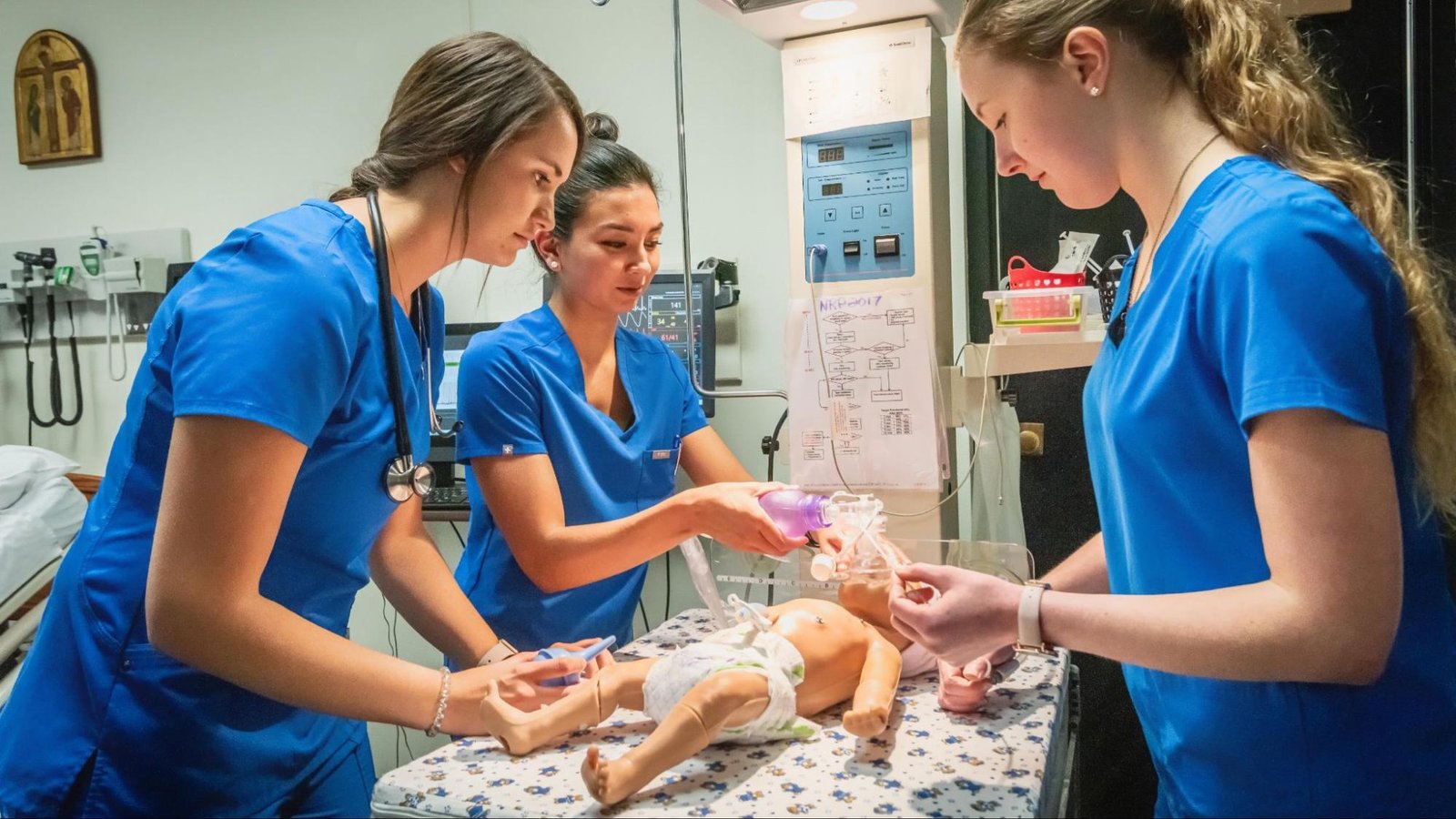Today our topic of discussion is Bronchoscopy of Medical Surgical Procedures.
Bronchoscopy of Medical Surgical Procedures

BRONCHOSCOPY
Bronchoscopy is an endoscopic diagnostic procedure involving the inspection and observation of the trachea, larynx and bronchi. Bronchoscopy is ordered when clients have unexplained pulmonary signs and symptoms or when nonspecific radiological abnormalities exist.
Definition
- Bronchoscope is an endoscopic diagnostic procedure involving the inspection and observation of the trachea, larynx and bronchi
- Bronchoscope is the examination of the interior of tracheobronchial tree through a bronchoscope.
Purpose
Diagnostic Purpose
- To visualize tumors, obstructions secretions, bleeding sites and foreign objects in the tracheobronchial system
- Collection of secretions for cytological and bacteriologic study
- Assessing tumors for potential resection
- Tissue for lung biopsy may be obtained (Fig. 29.37).
- Therapeutic Purpose
- To remove secretions that obstructing the air passages
- To fulgurate (electrodesiccate) and excise lesions.
Preparation of the Patient Unit
- Ensure that a signed consent form has been obtained
- Obtain a medication history to determine whether the patient is receiving anticoagulation therapy or aspirin preparations
- Explain the purpose and procedure of the test.
- Warn the patient that the local anesthetic may taste bitter
- Record baseline vital signs . Check for articles available in the unit
- The client should be NPO for 6 to 8 hours before the test
- Oral hygiene should be given the night before the test and in the morning
- Postural drainage is performed for 3 days before the test.

Articles Needed Bronchoscope (flexible fiberoptic bronchoscope).
- A sterile tray containing:
- Gown
- Gloves
- Mask.
- An unsterile tray containing: Normal saline.
Procedure:
- A sedative and atropine are usually given 1 hour before the test.
- The sedative/tranquilizer is to promote relaxation; atropine is to reduce secretions during the test
- A topical anesthetic is sprayed into the pharynx and trachea I or flexible fiber optic bronchoscope may be
- A rigid used
- The bronchoscope is inserted through the nose (most common) or through the mouth
- The tube is inserted as the physician observes the condition of the upper airways through the eyepiece
Principle
- The knowledge of the anatomy and physiology of the body is essential for the safe administration of the injection.
- Microorganism are present everywhere so strict aseptic technique should be practiced
- Any unfamiliar situation produces anxiety
- Organization and planning results in the economy of time material and effort.
General Instruction
- Proper explanation about the procedure should be given to the patient
- Sedation should be given 30-60 minutes before the procedure
- Procedure is done in a darkened room
- Instruction should be given to the patient to keep his mouth clean
- Nothing should be given to the patient 6-8 hours before the procedure
- Loose teeth and artificial dentures should be removed
- The patient should be positioned on his back with neck hyperextended
- The patient should be informed that his eyes will be covered during the procedure to reduce anxiety
- The patient should be told that the doctor and his assistants will be masked and gloved.

Preliminary Assessment
- Identify the patient with name, bed no: etc.
- Check the physician’s order
- Check the general condition of the patient
- Assess the abilities and limitations of the patient
- Check the article available in the patient’s unit.
Read more:
